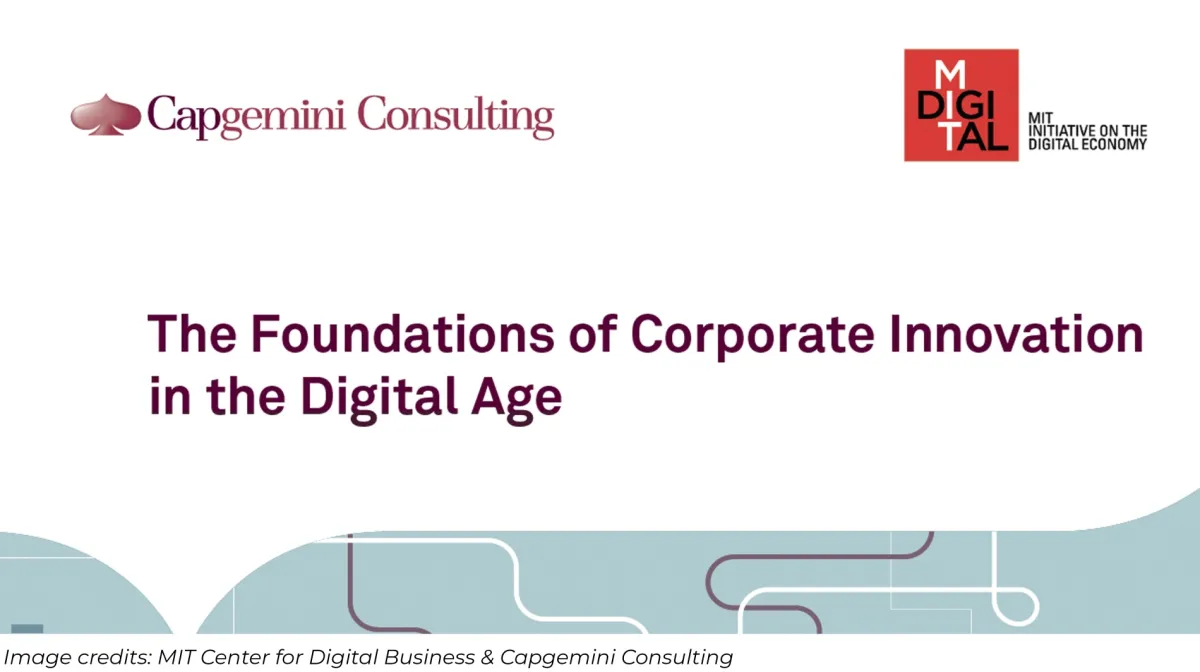Redefining Success: The Foundations of Corporate Innovation in the Digital Age

In the modern era, corporate innovation has undergone a dramatic transformation, as detailed in The Foundations of Corporate Innovation in the Digital Age. This comprehensive analysis explores how companies must adapt to the rapid pace of technological disruption by embracing new frameworks and strategies. From centralized R&D departments to open ecosystems, the evolution of corporate innovation reflects the growing importance of collaboration, agility, and digital integration. This article delves into the key insights presented in the report, outlining the historical shifts, modern challenges, and actionable strategies for success in today’s business landscape.
Historical Evolution of Corporate Innovation
The journey of corporate innovation has been marked by significant milestones:
- 1960s to 1980s: Innovation was centralized in R&D departments of large corporations, providing a strategic edge and acting as a barrier to competition.
- Post-1990s: The rise of digital technologies, venture capital, and rapid consumer adoption catalyzed a shift toward open innovation. Collaboration with external experts and ecosystems became vital as firms sought to leverage diverse sources of expertise.
Challenges of Digital Disruption
The digital revolution has created unprecedented opportunities and risks:
- Companies must reevaluate traditional strategies as technologies like IoT and AI disrupt industries at an accelerating pace.
- Rapid adoption cycles require agility in capturing new markets and adapting to change, forcing corporations to rethink their innovation models.
Key Aspects of Innovation Management
To thrive in the digital age, companies must focus on three key pillars:
- Innovation Architecture:
- Balancing the exploitation of current assets with the exploration of new opportunities.
- Implementing models like centralized R&D, within-unit R&D, or independent innovation labs.
- Innovation Sources:
- Tapping into internal talent, customer feedback, partnerships with startups, intrapreneurship, and crowd-sourcing.
- Tailoring these sources to address core, adjacent, or transformational innovations.
- Innovation Capabilities:
- Establishing leadership commitment and fostering a culture of innovation.
- Adopting agile methodologies, educating employees, and embedding innovation in daily operations.
Types of Innovation
Effective innovation strategies require attention to distinct categories:
- Core Innovation: Incremental improvements to existing products or processes.
- Adjacent Innovation: Expanding into new markets or reimagining existing capabilities.
- Transformational Innovation: High-risk, long-term investments in new technologies or markets with disruptive potential.
The Three-layer Innovation Architecture
To structure innovation effectively, companies can adopt a layered approach:
- Foundational Layer: Focuses on incremental changes to improve operational efficiency.
- Transformational Layer: Encourages collaborations with startups and ecosystems to solve strategic challenges.
- Disruptive Layer: Explores emerging technologies and business models for long-term growth.
Barriers to Innovation
While innovation offers immense potential, companies face significant barriers:
- Resistance to failure can stifle creativity and experimentation.
- Misalignment in organizational processes hampers agility.
- Measuring the outcomes of long-term innovation remains a challenge, requiring firms to focus on clear strategies and milestones.
Future Outlook
The digital age continues to evolve with groundbreaking technologies like IoT and AI. To stay competitive, corporations must adopt innovative frameworks that integrate these advancements across business units. Success will depend on the ability to navigate disruption, foster collaboration, and embed innovation deeply into organizational culture.



